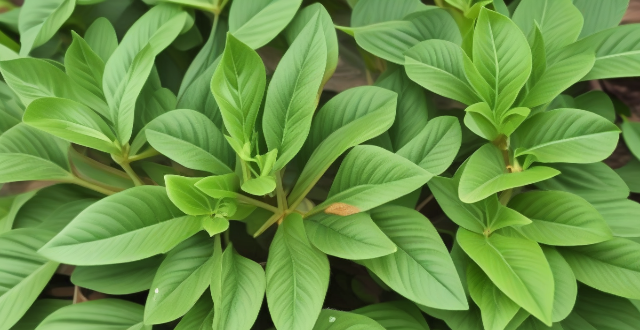Fertilization is crucial for indoor plants, providing essential nutrients for growth. The need for fertilizer depends on factors like plant type, soil quality, and light exposure. Most indoor plants benefit from monthly fertilization during the growing season, while slow-growing plants may need it less frequently. Signs of nutrient deficiency can guide adjustments to the fertilization schedule. Choosing the right fertilizer involves considering its type (synthetic or organic) and NPK ratio. Proper application includes diluting the fertilizer, watering beforehand, and avoiding direct contact with leaves and stem. Balancing nutrients and care ensures healthy plant growth without the risks of over-fertilization.

Should I Use Fertilizer for My Indoor Plants?
Introduction: The Importance of Fertilization
Fertilization is a crucial aspect of plant care. It provides essential nutrients that plants need to grow, thrive, and produce flowers or fruit. However, the question remains: should you use fertilizer for your indoor plants, and if so, how often?
When to Fertilize Indoor Plants
1. Type of Plant
- Some plants require more nutrients than others. Research the specific needs of your plant before deciding on a fertilization schedule.
2. Soil Quality
- If your potting soil is rich in organic matter, it may already contain enough nutrients for your plant. Conversely, a poor quality soil may require more frequent fertilization.
3. Light Exposure
- Plants that receive ample sunlight generally require more nutrients to support their rapid growth compared to those in lower light conditions.
How Often to Fertilize
1. General Rule of Thumb
- Most indoor plants benefit from being fertilized once a month during the growing season (spring and summer).
2. Slow-Growing Plants
- For slow-growing plants or those that are not currently in their active growth phase (fall and winter), fertilization can be reduced to every six to eight weeks.
3. Signs of Nutrient Deficiency
- If your plant shows signs of nutrient deficiency, such as yellowing leaves or stunted growth, you may need to adjust your fertilization schedule accordingly.
Choosing the Right Fertilizer
1. Types of Fertilizers
- There are two main types of fertilizers: synthetic and organic. Each has its benefits and drawbacks, so choose based on your preferences and plant needs.
2. NPK Ratio
- The NPK ratio (Nitrogen-Phosphorus-Potassium) on the fertilizer package indicates the percentage of these three primary nutrients. Different plants have different NPK requirements, so select a product that matches your plant's needs.
How to Fertilize Indoor Plants
1. Diluting the Fertilizer
- Always follow the instructions on the fertilizer package, diluting it to the recommended strength to avoid damaging your plants with too much nutrients.
2. Watering Before Fertilization
- Water your plants thoroughly before applying fertilizer to prevent root burn from the concentrated nutrients.
3. Application Method
- Apply the fertilizer evenly around the base of the plant, avoiding direct contact with the leaves and stem.
Conclusion: Balancing Nutrients and Care
In conclusion, using fertilizer for indoor plants is generally beneficial but must be done judiciously. Consider factors like plant type, soil quality, and light exposure when determining whether and how often to fertilize. Remember, over-fertilization can be as harmful as under-fertilization, so strike a balance that promotes healthy growth without risking nutrient burn or other complications.